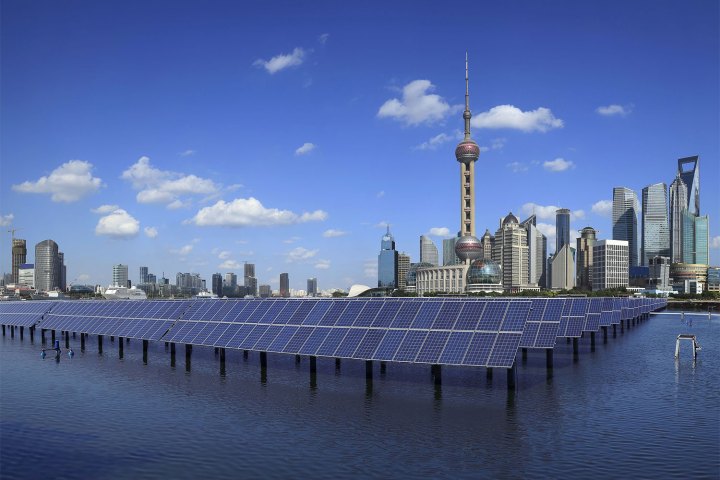
As it stands, solar energy represents only one percent of the country’s energy output. But this may soon change as China devotes more and more of its attention towards clean energy. The NEA says that China will seek to add more than 110 gigawatts within the next three years, which could help the nation up the proportion of its renewable energy use to 20 percent by 2030. Today, it stands at 11 percent.
China’s geography certainly lends itself to large solar energy farms. Last year, Shandong, Xinjiang, and Henan provinces enjoyed the greatest increase in their solar capacity, whereas Xinjiang, Gansu, Qinghai, and Inner Mongolia ended up with the most overall capacity at the end of 2016.
This dedication to environmentally friendly energy sources could put pressure on other nations around the world to do the same. Already, Ireland has passed a bill that would make it the first country to divest from fossil fuels. Some countries are finding increasingly clever ways of moving away from fossil fuels — Iceland, for example, is drilling the world’s largest well for geothermal energy.
Editors' Recommendations
- ‘World’s largest sundial’ to double as green energy provider
- World’s most powerful solar telescope begins science operations
- World’s most powerful tidal turbine begins generating electricity
- Australia is building one of the world’s largest batteries using Tesla tech
- U.S. restricts trade with China’s largest chipmaker due to alleged military ties


